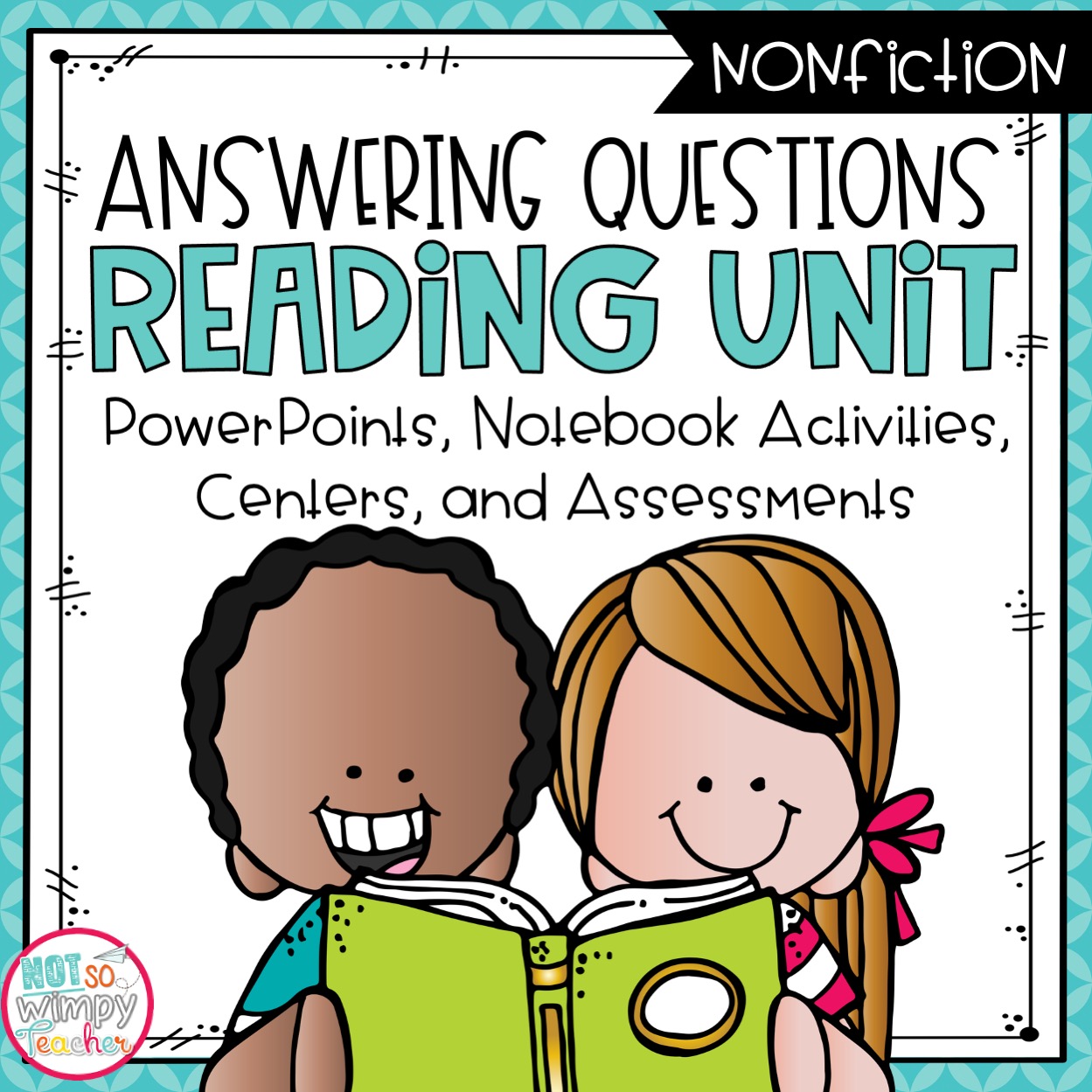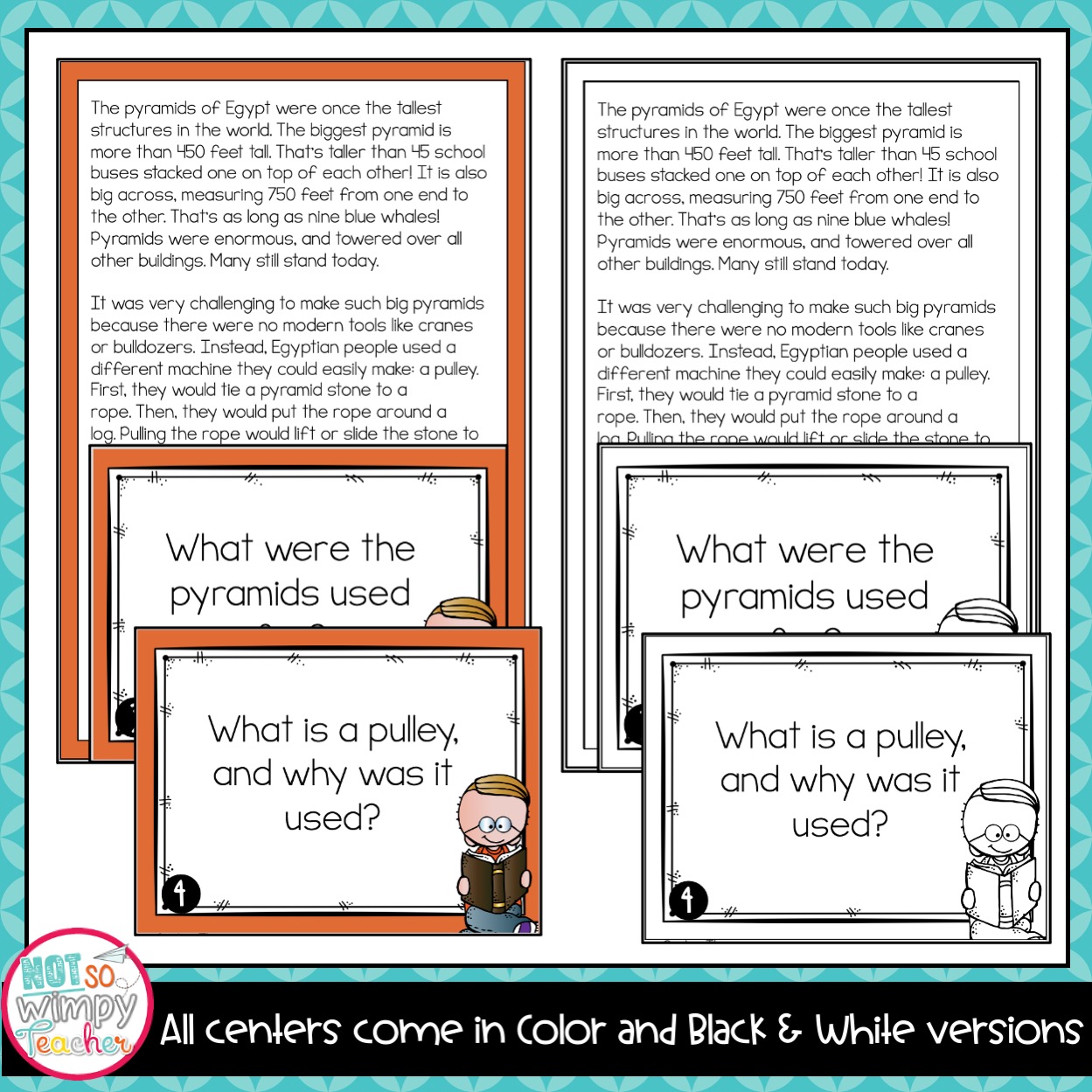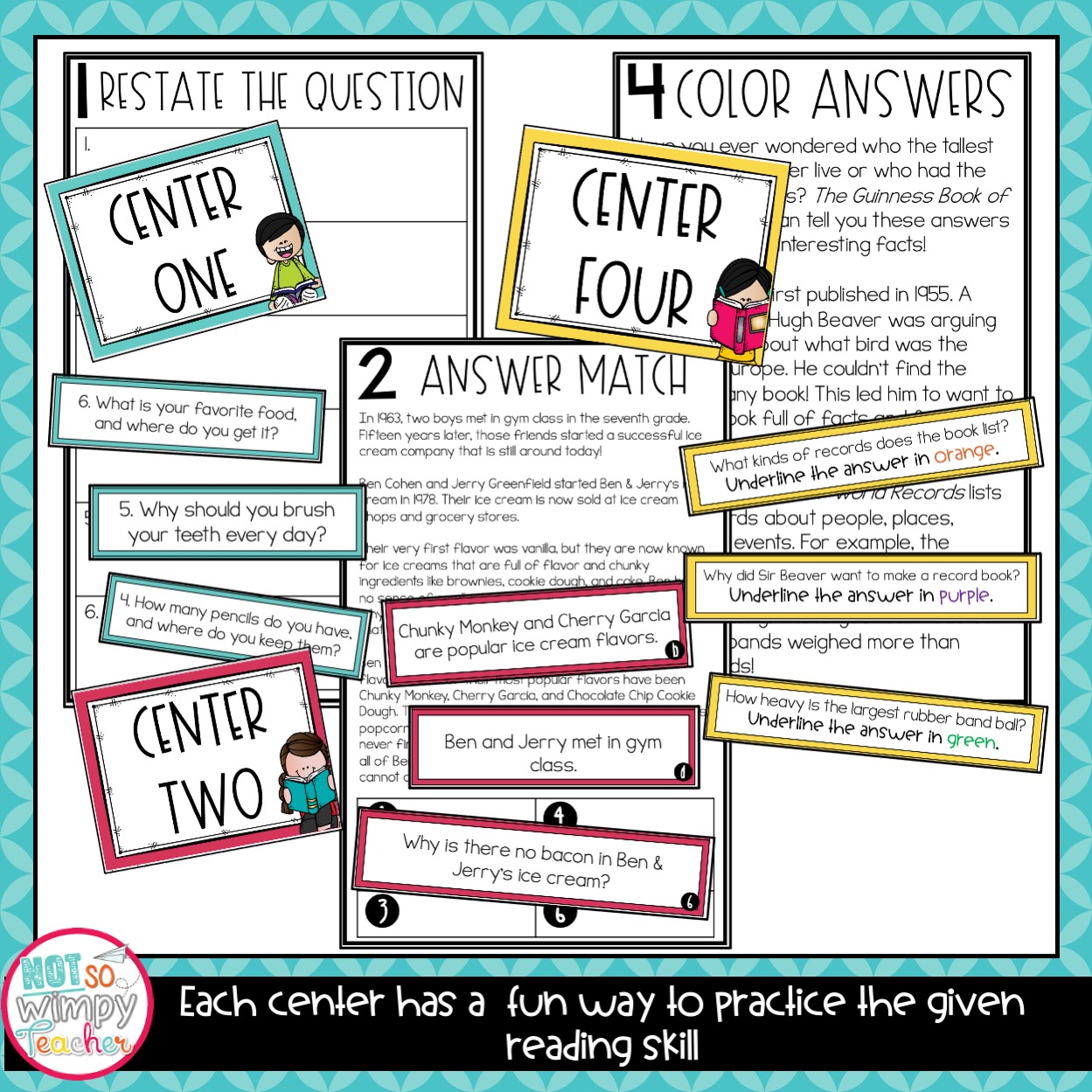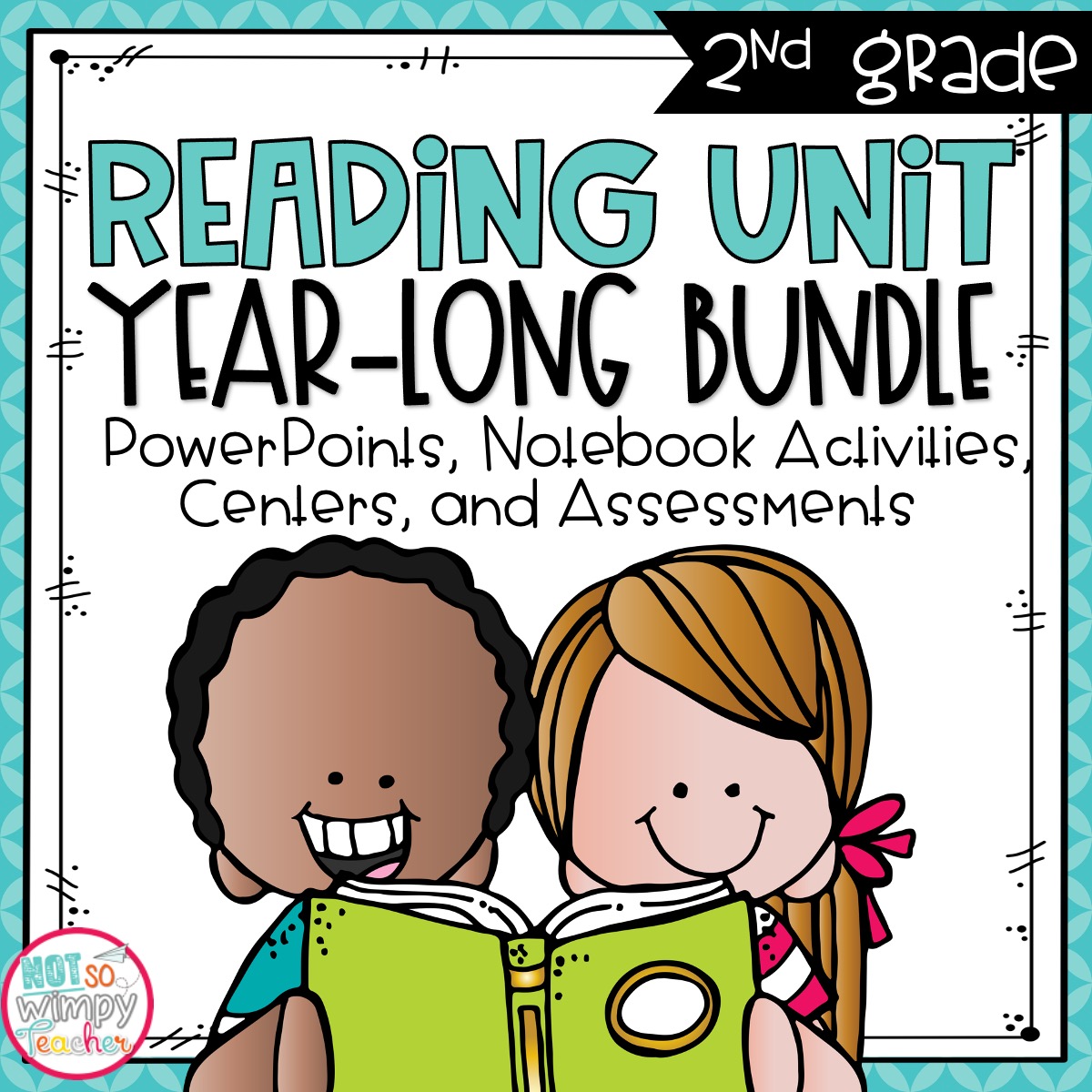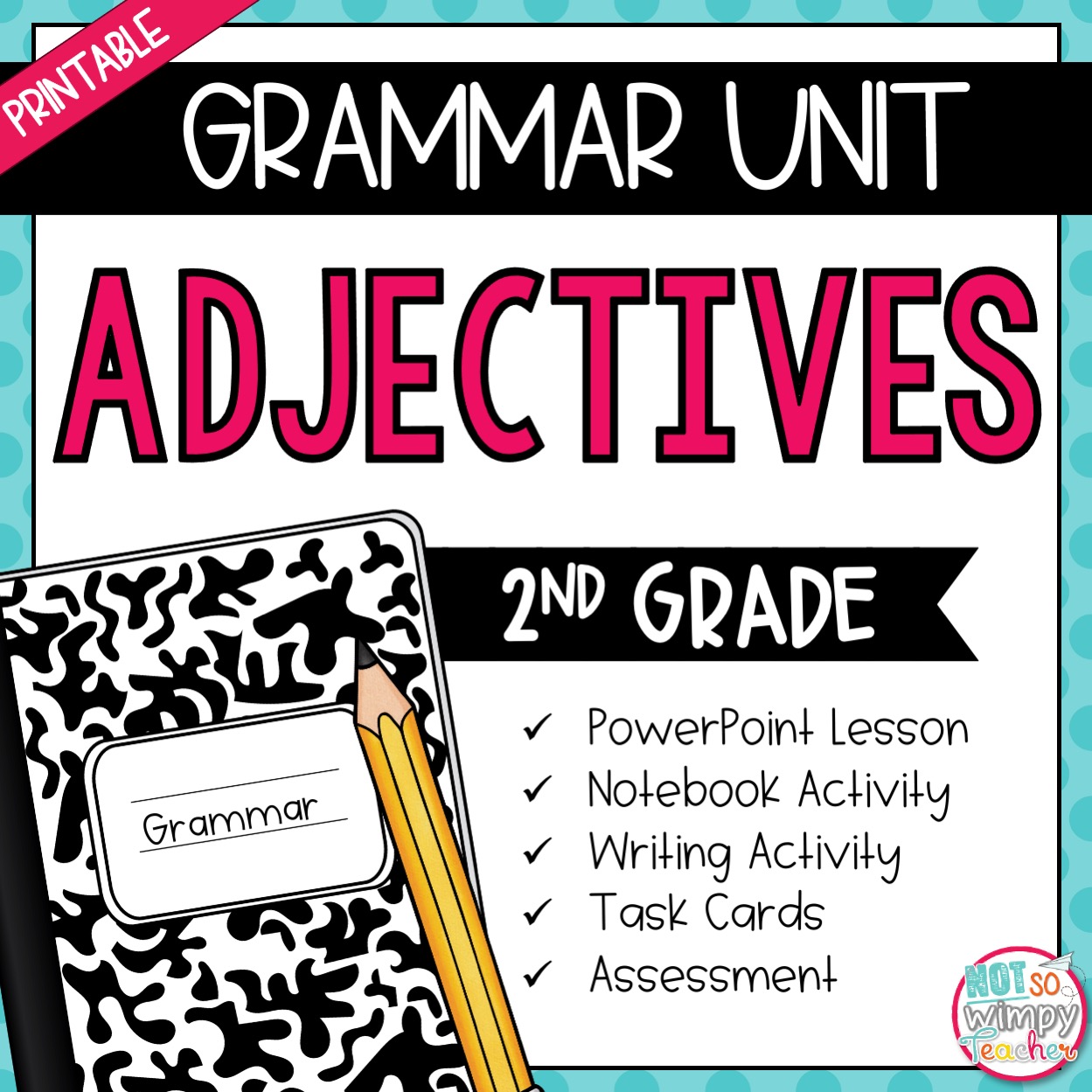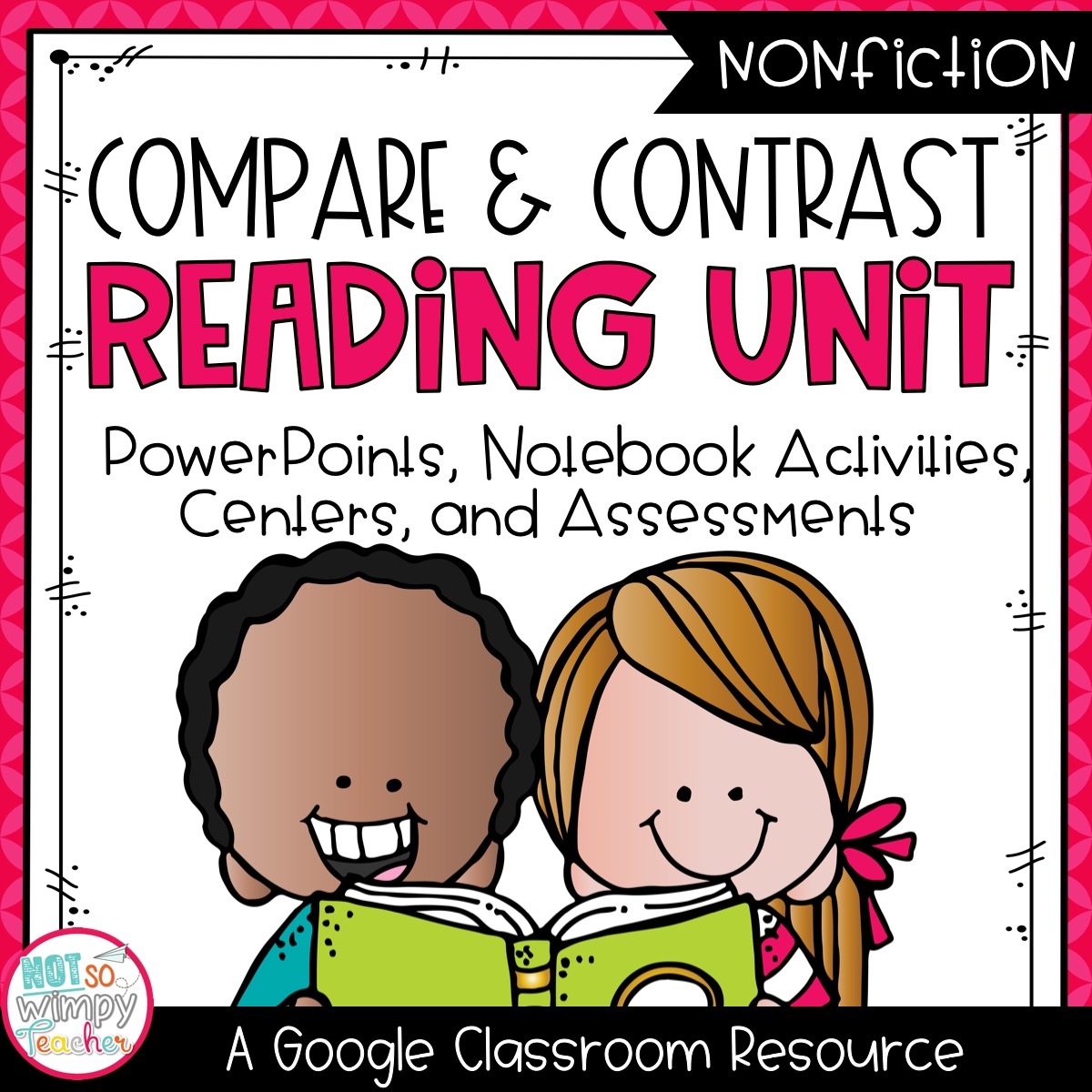This Answering Questions unit will help students to practice asking and answering questions such as who, what, where, when, why, and how to demonstrate understanding of key details in a text. This unit has EVERYTHING you need to teach essential standard-based reading skills, including a PowerPoint, two interactive notebook activities, centers, and three passages that can be used in reading groups or as assessments.
Answering Questions Nonfiction Reading Unit with Centers SECOND GRADE
Save MORE with Lesson GenieMore about this resource
Training a new puppy. Baking the perfect souffle. Hiking the Appalachian Trail. Calculating your taxes. Staying up past 9:30 p.m. on a Friday. Some things in life are just plain hard.
And then there’s teaching reading skills to second graders. Oi vey! It’s in a class all by itself. Am I right?
Second grade is a huge year for children developmentally. They go from sounding out words and reading simple sentences to reading fluently and absorbing longer, more rigorous texts in various genres, including fiction and non-fiction. Students also expand their reading comprehension skills as they learn to talk about what they read and develop more advanced ideas around those topics. At least that’s what’s expected of them.
Teaching all these skills can be a challenge. But don’t despair. Just because something is difficult, does not mean it is insurmountable. Especially when you’ve got the perfect tools to help.
Enter the Not So Wimpy Teacher Reading Units. These units have EVERYTHING you need to teach essential standard-based reading skills, including a PowerPoint, two interactive notebook activities, centers, and three passages that can be used in reading groups or as assessments.
This Answering Questions unit will help students to practice asking and answering questions such as who, what, where, when, why, and how to demonstrate understanding of key details in a text.
The unit was created to be used towards the middle of the second grade school year. With these reading units, students will get lots of practice answering questions by looking back in the text for evidence.
The unit is intended to be used over a two-week time frame, but this can easily be adjusted to meet your needs.
This unit does not correlate with one particular reading curriculum, but it has been designed to supplement any materials or routines that you already have in place.
The resource was designed for second graders.
What’s Included:
- Teacher Directions & Tips
- PowerPoint Mini-Lesson
- 2 Interactive Notebook Activities
- 5 Centers (Including reading response)
- 3 Passages/Assessments (with answer keys)
- Teacher Binder Cover
- Student Notebook Cover
PowerPoint
The PowerPoint slide show is designed to be used as an introduction to the skill. It is short enough to be used as a mini-lesson before your reading groups. The slides get students to participate and discuss the skill.
Interactive Notebook Activities
This unit includes two interactive notebook activities. You might choose to do one of these each week as a whole group activity, or you might choose to use them in small groups or centers.
The activities have very simple cuts so that precious time is not wasted in class.
The first activity is designed to be a reference and review from the PowerPoint mini-lesson. The second activity is more challenging and asks students to use the skills they have learned to demonstrate understanding.
Students will need a notebook (spiral or composition), scissors, and glue.
BONUS: If you also use my Grammar Units, one notebook will easily fit all of the grammar and reading notebook activities. I included a cover and dividers for this.
Centers
The unit includes FIVE centers and one student recording book. The answers to all five centers can be written into one recording book. The recording book takes two sheets of paper.
These centers include text, matching, task cards, and color-coding activities.
The final center is a reading response activity. Students will need access to some nonfiction picture books. The center will require that they read two different books and respond to a question relating to the unit skill. You can allow them to use read alouds, choose books from your classroom library or choose from a basket of books that you have pre-selected. You could even have them use a story from your basal.
The centers include student-friendly directions and were intended to be clear enough for students to complete independently while still providing adequate practice of the reading skill.
I highly recommend putting all five centers out and allowing your students to complete the center activities in any order that they wish.
There are color and blackline versions included. Labels for the centers are also included.
These centers take four sheets of paper. I do recommend cardstock and lamination for durability. Depending on the size of your groups, you might want to print more than one copy of each center.
I made the centers with the plan that students would complete them in two weeks. This will somewhat depend on how much center time you have scheduled. If students finish early, I would recommend having them choose a book and read to themselves.
Assessments/Passages
This unit includes 3 different passages with 3 questions on each passage. The questions focus specifically on this reading skill.
The passages can be used in a variety of ways. You can use them as a pre-test, post-test, and re-test. You could use 1-2 of them in your reading groups and then use the last one as an assessment at the end of the two-week unit. They can be done as a whole group lesson.
How to Use in the Classroom
- These units are perfect to use during reading workshop.
- Use the PowerPoint to introduce new skills during whole group instruction.
- The Interactive notebooks are the perfect activity to use at the teacher table in small groups.
- 5 center activities give you lots of options to keep students occupied while you meet with small groups.
- Use the assessment activities for pre-test, post-test, or re-tests. You can also use these assessment readings in small groups.
- Group students by ability to make it easy to differentiate in small groups.
